Dry January Date Ideas: Spark Romance without Alcohol
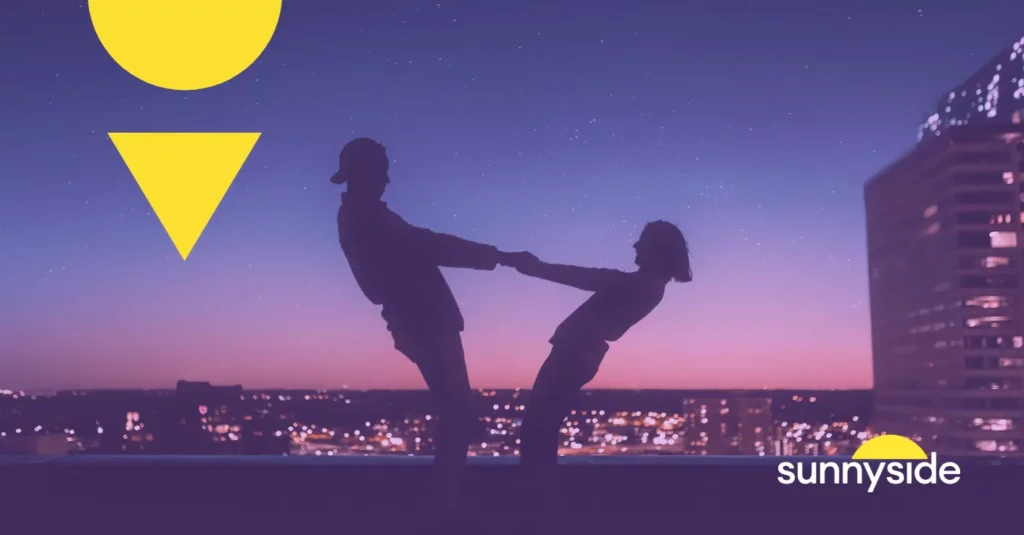
Dry January is here! For many, this month marks a fresh start and an opportunity to reassess lifestyle choices, including the decision to ditch alcohol for a month. But let’s face it; dating without alcohol can feel … different. So, how can couples enjoy date nights without the buzz of alcohol? Let’s dive in.
10 Tips for Dealing with Loneliness

Loneliness can be rough for anyone. Research shows that it can trigger anxiety, depression, and low self-esteem, all emotions that people often try to mask by self-medicating with alcohol. If you have been aboard the mindful drinking train in order to cut back on your alcohol intake, loneliness can be potentially derailing.
15 Tips to Maximize Success During Dry(ish) January

Dry(ish) January, also known as Damp January, is pretty similar to Dry January. However, instead of going completely dry for the month, participants can set their own goals based on how they wish to improve their drinking habits.
Sunnyside Announces $11.5M Series A
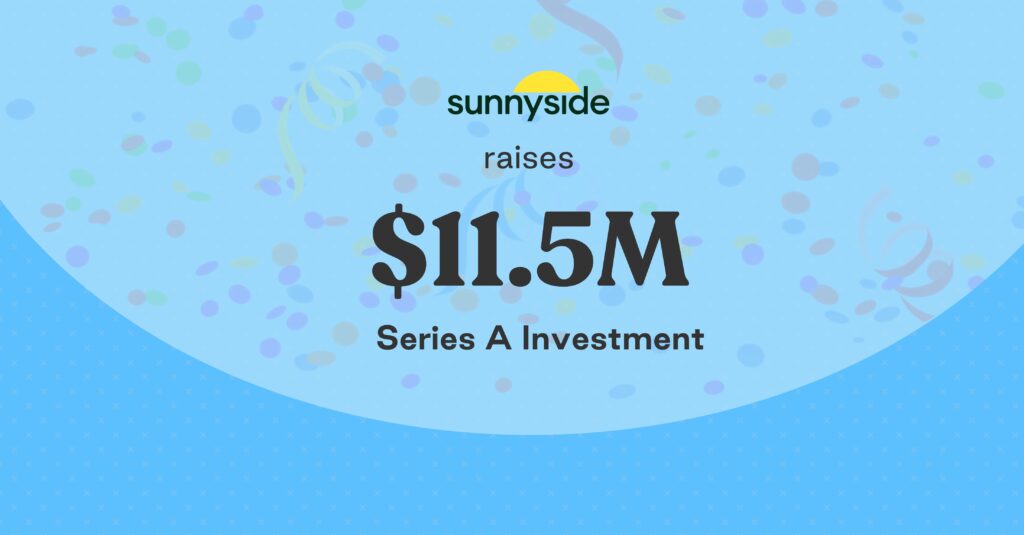
SUNNYSIDE, THE MINDFUL DRINKING APP, ANNOUNCES $11.5M SERIES A TO EXPAND ITS DIGITAL HEALTH OFFERING FOR PEOPLE LOOKING TO BUILD BETTER HABITS AROUND ALCOHOL
SMS and app-based moderation program announces Series A and new Chief Product and Technology Officer; works to fill the gap for the millions looking to cut back without quitting drinking entirely
Bored Drinking: How to Defend Against the Sneakiest Trigger
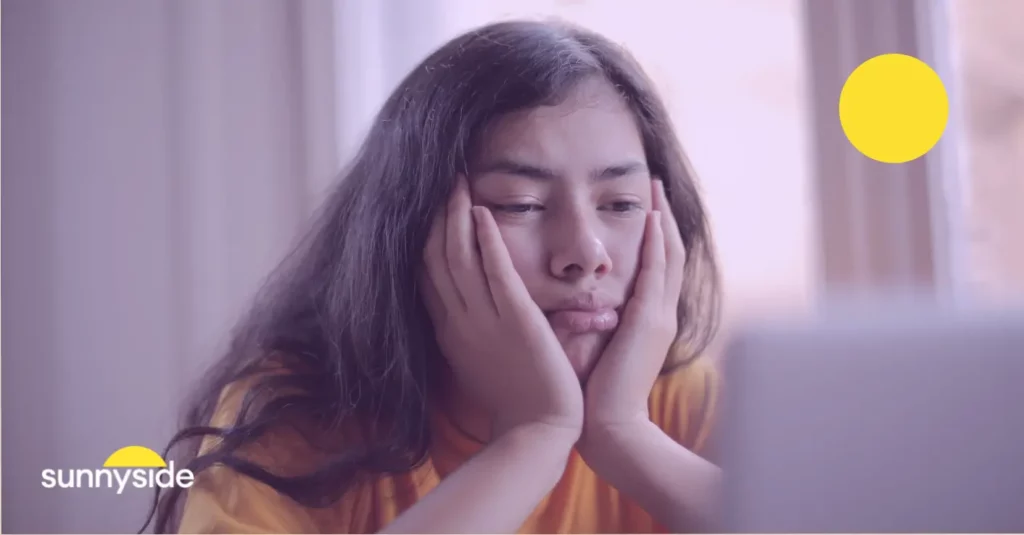
In this article, we’ll unpack bored drinking and help you figure out whether boredom is a drinking trigger. Then we’ll show you how to better manage boredom and avoid unhealthy drinking patterns.
Why even a Dry(ish) January Can Have Massive Health Benefits
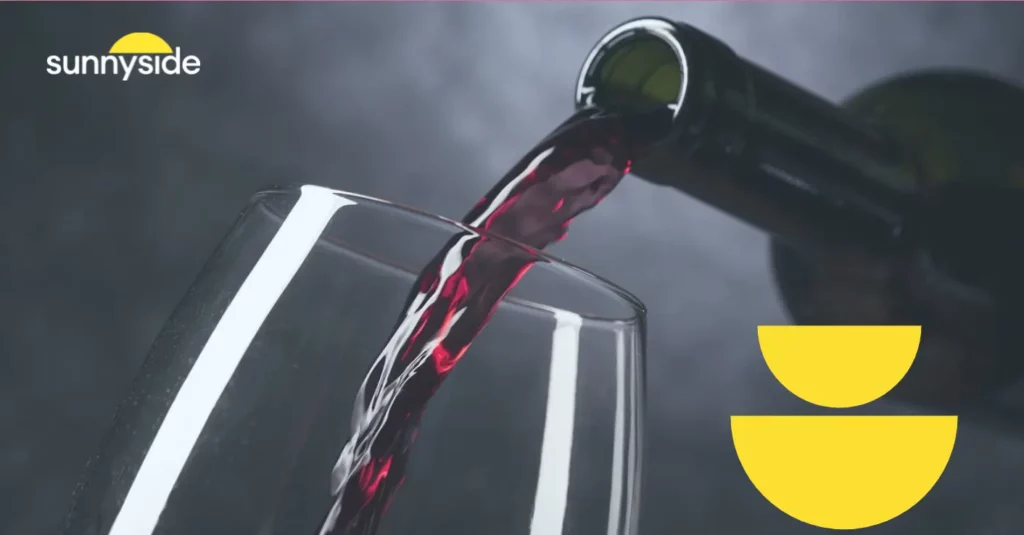
Dry January encourages people to quit drinking for an entire month, but if you’re not too keen on going fully dry for the month, you may prefer the alternative version called Dry-ish January or Damp January.
6 Ways Mindful Drinking Helps With Hangxiety
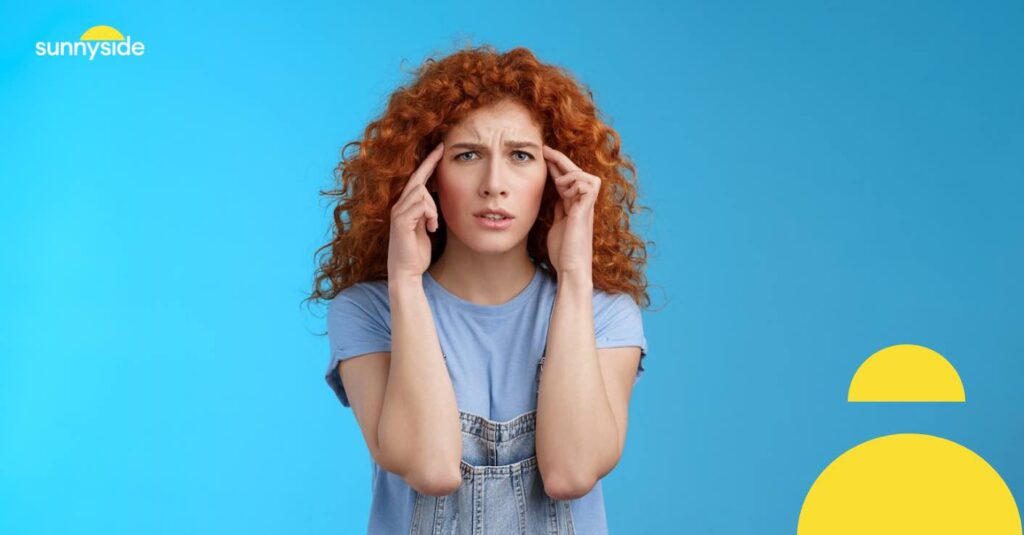
When you’re drinking, there’s an influx of the GABA (gamma-aminobutyric acid), which causes you to feel relaxed and calm. When you stop drinking, you have withdrawal symptoms. Your body gets used to alcohol as a crutch to feel calm. Take it away and anxiety can follow. Add interrupted sleep to the mix, which often happens when people drink to excess, and feelings of depression and anxiety can intensify.
15 Non-Alcoholic Options for a Sober(ish) October Happy Hour
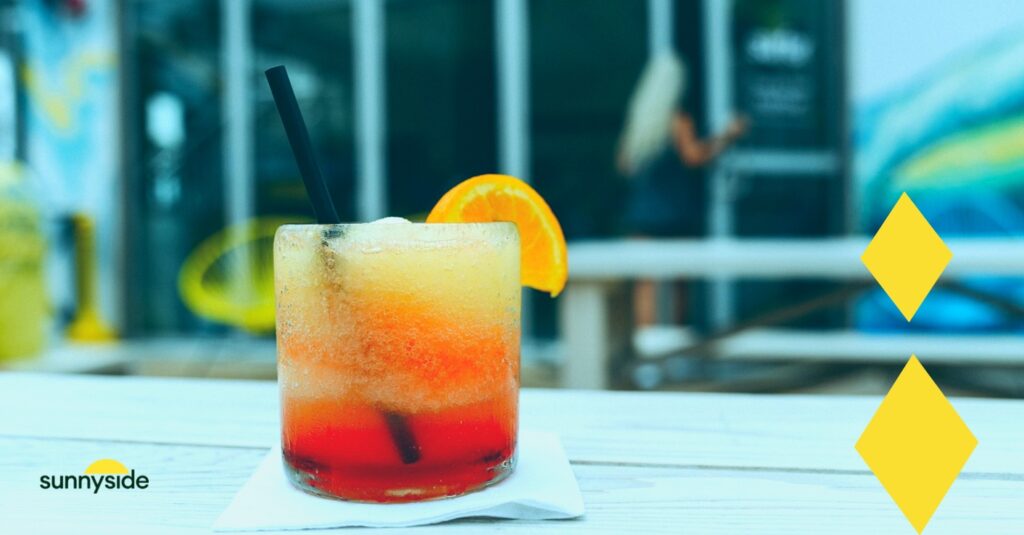
At Dry Atlas, we’ve cataloged over 1,000 non-alcoholic spirits, wines, beers, and ready-to-drink mocktails. These beverages aren’t just about abstaining from alcohol; they offer a chance to indulge in the ritual of drinking, savor sophisticated flavors, and relax in a more healthful way—all while reducing your alcohol intake.
Gray Area Drinking: How to Drink Within Your Limits
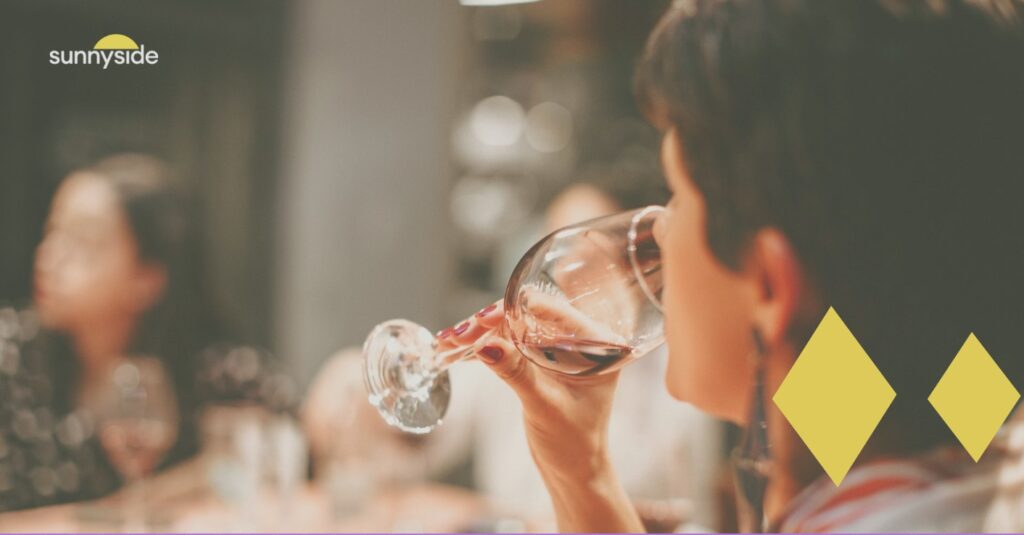
Gray area drinking refers to alcohol consumption that falls between excessive drinking and every-now-and-then drinking.
If you’re a gray area drinker, you might not notice any serious warning signs about your drinking habits. You don’t wake up with a splitting headache each day. Nor has your drinking landed you into trouble with the law or your employers.
[Podcast] Untangle: A Moderation and Mindfulness Based Approach to Drinking
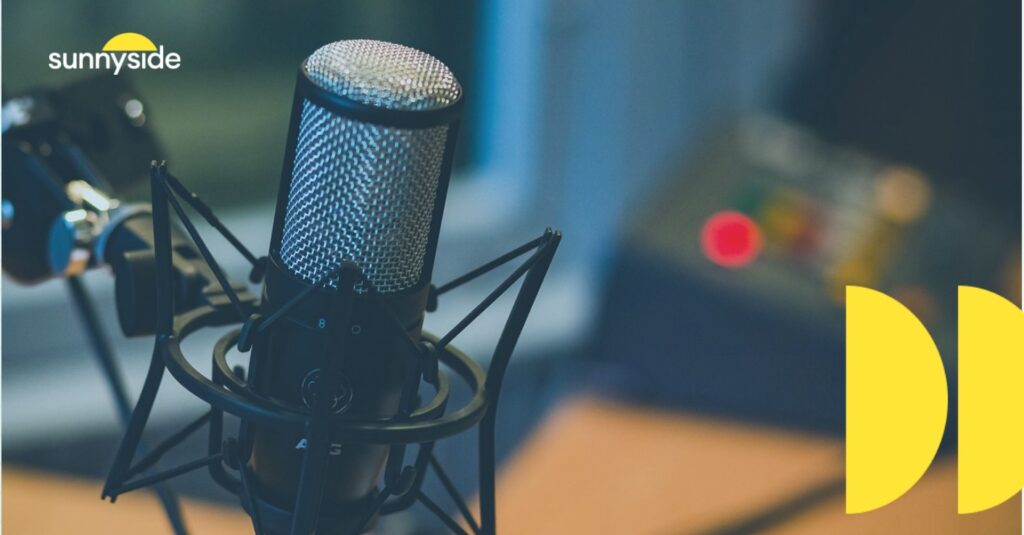
Ian dives into the moderation and mindful approach, explaining how a Soberish rather than Sober October can benefit those who try it. Learn all about where this mindful approach came from and the three biggest science-backed ways Sunnyside helps.
